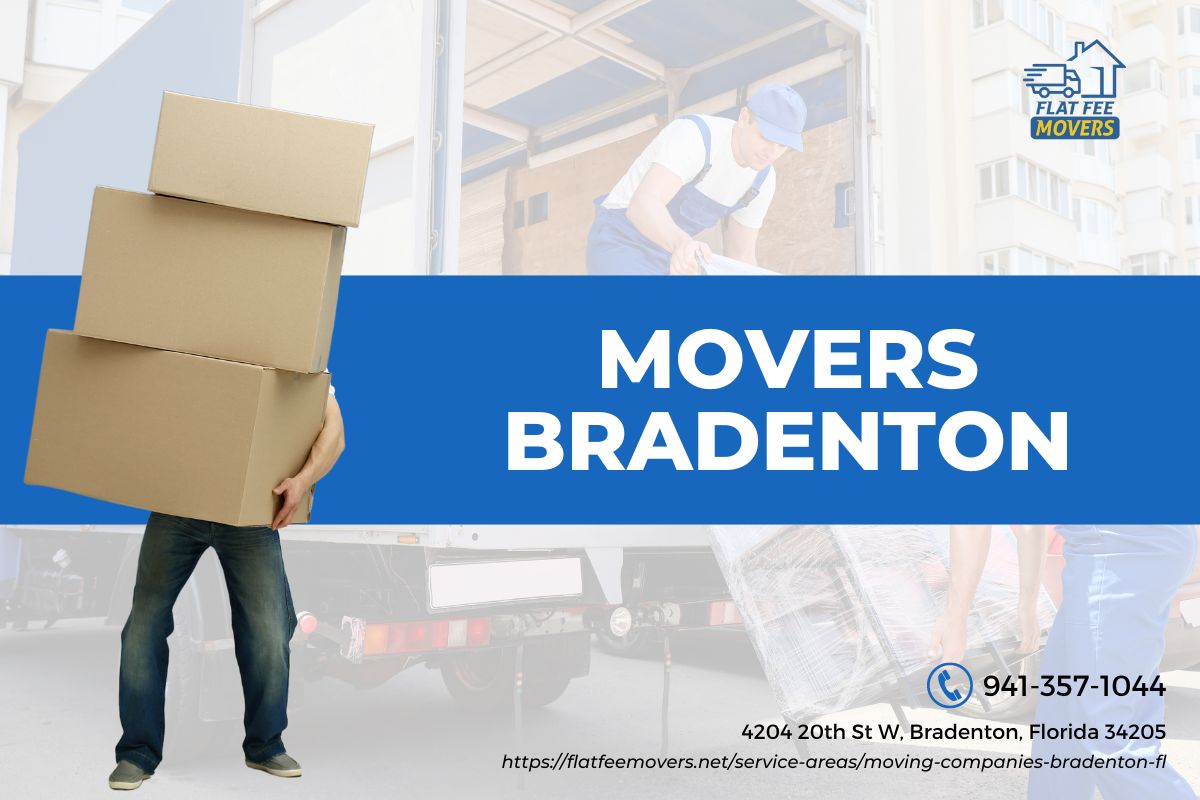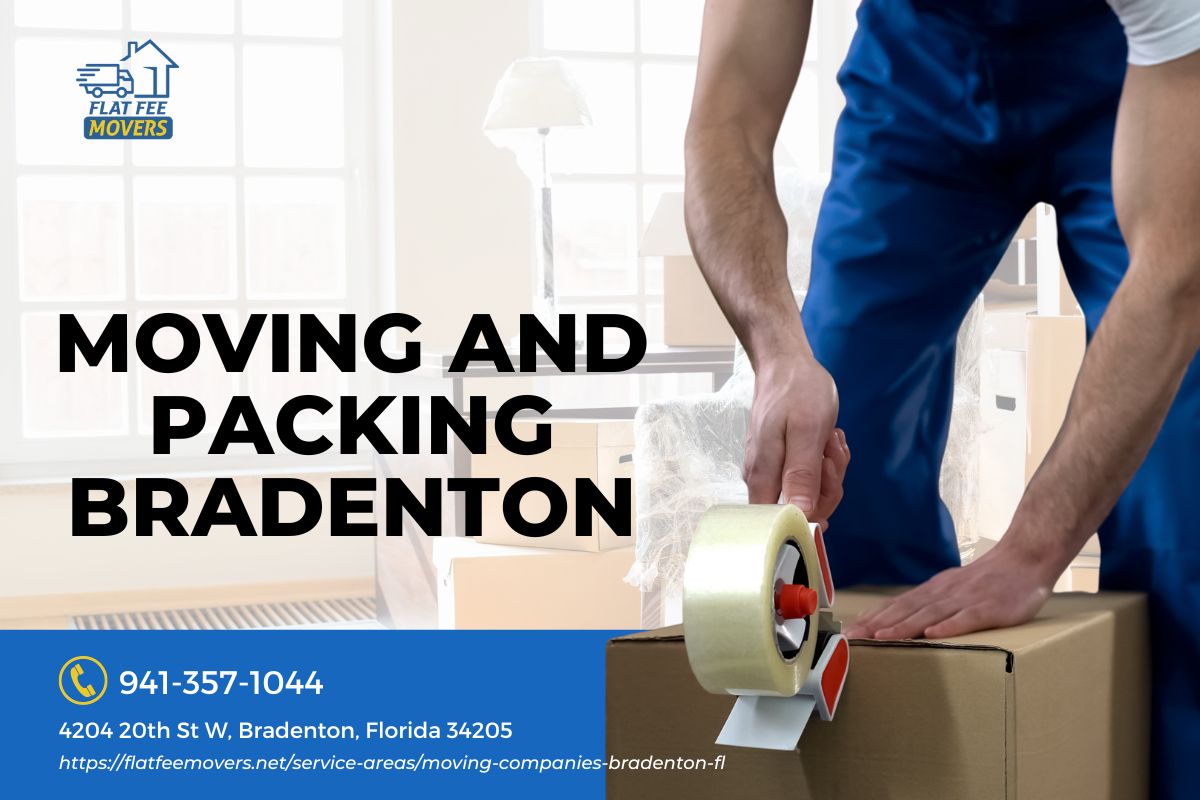


Introduction
Moving day can be a chaotic and stressful experience. There are so many things to remember and keep track of, it's easy to feel overwhelmed. But with the right preparations and a well-stocked moving day essentials kit, you can make the process much smoother and more efficient. In this article, we'll discuss everything you need to keep handy throughout the moving process, from packing supplies to important documents. So let's dive in!
Table of Contents
Creating a Moving Day Essentials Kit- Packing Supplies Cleaning Supplies Tools and Equipment
- Identification Papers Financial Documents Insurance Policies
- Disconnecting Utilities Securing Valuables Notifying Service Providers
- Labeling Boxes Protective Packaging Materials Fragile Items Handling
And so on…
Creating a Moving Day Essentials Kit
Packing Supplies
When it comes to moving, packing supplies are essential. You'll need boxes in various sizes, packing tape, bubble wrap or packing paper, and markers. It's important to have enough supplies to pack all your belongings securely and efficiently. Consider purchasing packing supplies from a reputable moving company or local movers Bradenton to ensure quality.
Cleaning Supplies
Before you move out of your old home, it's important to leave it clean and tidy. Make sure to include cleaning supplies in your moving day essentials kit. This may include all-purpose cleaners, sponges, paper towels, and trash bags. Having these supplies on hand will make the cleaning process much easier and quicker.
Tools and Equipment
Throughout the moving process, you may need various tools and equipment. These can include a utility knife for opening boxes, screwdrivers for disassembling furniture, a hammer for any necessary repairs, and a dolly or hand truck for moving heavy items. Keeping these tools handy will save you time and effort during the move.
Organizing Important Documents
Identification Papers
It's crucial to keep your identification papers organized and easily accessible during the move. This includes passports, driver's licenses, birth certificates, social security cards, and any other important documents that prove your identity. Keep these documents in a secure folder or envelope that you can easily grab when needed.
Financial Documents
In addition to identification papers, you should also organize your financial documents. This includes bank statements, tax records, insurance policies, and any other financial paperwork that may be required during the move. Keep these documents together http://connerluvt351.theburnward.com/the-advantages-of-using-storage-units-for-students-during-summer-breaks in a separate folder or file box labeled "Financial Documents" for easy access.
Insurance Policies
During the move, it's essential to have your insurance policies readily available. This includes homeowners or renters insurance, health insurance, auto insurance, and any other policies that are relevant to your situation. Make sure to keep copies of these policies in your moving day essentials kit to ensure you have them on hand if needed.
Preparing Your Home for the Move
Disconnecting Utilities
Before you move out, it's important to disconnect utilities such as water, electricity, and gas. Contact your service providers well in advance to schedule the disconnection dates. Keep track of these dates and any confirmation numbers or paperwork related to the disconnections. This will help ensure a smooth transition to your new home.
Securing Valuables
Throughout the moving process, it's crucial to secure your valuables. This includes jewelry, cash, important documents, and any other items of high value. Consider keeping these items in a safe or locked box that you can personally transport during the move. This will give you peace of mind knowing that your valuables are safe and accounted for.
Notifying Service Providers
Before you move, make sure to notify all relevant service providers of your change in address. This includes your bank, credit card companies, healthcare providers, and any subscriptions or memberships you may have. Keeping a list of these service providers and their contact information will make it easier for you to update your address once you've settled into your new home.
Packing Efficiently and Safely
Labeling Boxes
When packing your belongings, it's essential to label each box clearly. Use markers or labels to indicate the contents of each box and which room it belongs to. This will make unpacking much easier and quicker once you arrive at your new home. Consider using different colored labels for each room to further streamline the process.
Protective Packaging Materials
To ensure the safety of your belongings during the move, use protective packaging materials such as bubble wrap or packing paper. Wrap fragile items individually and place them in boxes with proper cushioning materials. This will minimize the risk of damage during transportation.
Fragile Items Handling
If you have fragile items that require extra care during the move, make sure to handle them with caution. Use additional padding or protective materials for delicate items such as glassware, china, or artwork. Consider packing these items separately and transporting them yourself to ensure their safety.
FAQs
Q: Do I need to hire professional movers for my move?- A: It depends on your individual needs and circumstances. Hiring professional movers can save you time and effort, especially if you have a lot of belongings or are moving long distance. However, if you prefer to handle the move yourself or have a limited budget, you can opt for a DIY approach.
- A: It's recommended to start planning for your move at least two months in advance. This will give you enough time to organize your belongings, find a reputable moving company if needed, and make all necessary arrangements.
- A: It's always a good idea to check with your moving company or insurance provider regarding coverage for your belongings during the move. Depending on the value of your items and the type of move, you may want to consider purchasing additional insurance for added protection.
And so on…
Conclusion
Moving day can be overwhelming, but with the right preparations and organization, it doesn't have to be stressful. By creating a well-stocked moving day essentials kit and keeping important documents organized, you'll be better equipped to tackle the challenges of moving. Remember to pack efficiently and safely, label boxes clearly, and take extra precautions with fragile items. With these tips in mind, your moving day will go smoothly and hassle-free. Happy moving!